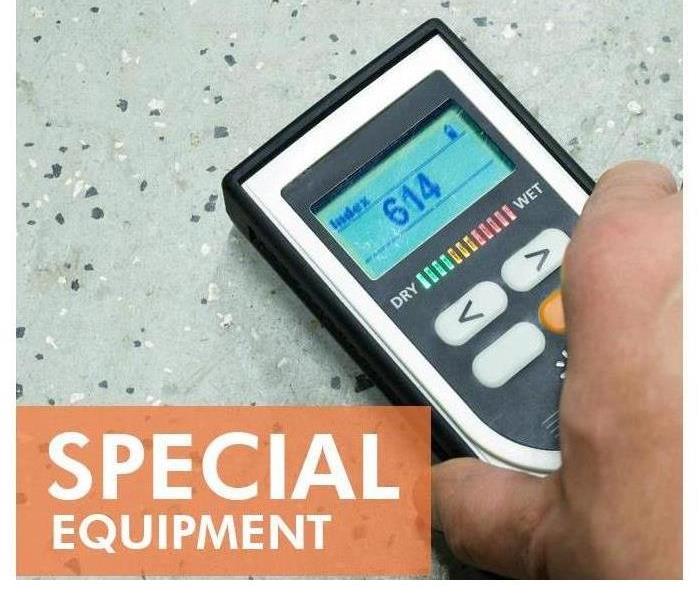3 Ways To Limit Mold Spore Buildup
6/15/2019 (Permalink)
Mold spores are everywhere, but it is possible to limit the concentration of spores in a structure. Building owners and managers can arrange for carpet cleaning and rely on two forms of air filtration to prevent spores from accumulating at a property in Kentucky
1. Clean Carpets
Carpet is a porous flooring material that collects dirt, debris and spores. If humidity levels rise or water damage occurs, spores will obtain the moisture necessary to grow. Mold can feed off of cellulose in the carpet and organic materials.
A high-efficiency particulate air or HEPA-certified vacuum can reduce the number of spores and food sources. Doormats near entrances can also limit the amount of dirt and spores tracked inside. Building owners or managers should schedule carpet cleaning several times a year.
2. Change HVAC Filters
Installing a fresh filter in an HVAC system can be helpful for lowering the concentration of spores in the air. In addition to regular filter changes, owner or managers may want to have this system inspected for signs of mold growth in drain pans, ducts or terminal units.
3. Use Air Filtration
Owners or managers can further reduce mold spores by running an air filtration or purification system. Most spores range in size from one micron up to 100 microns. A True HEPA filter can capture 99.97 percent of particles 0.3 microns or larger and will eliminate most spores. A HEPA Type filter may cost less, but this filter will only catch dust and spores that are 2 microns or larger.
These are three effective methods for reducing the concentration of spores in a building. If a musty smell persists even after carpet cleaning and air filtration, a building owner or manager should arrange for mold testing. The best way to resolve mold problems is to hire a certified cleanup and remediation service in Kentucky





 24/7 Emergency Service
24/7 Emergency Service
